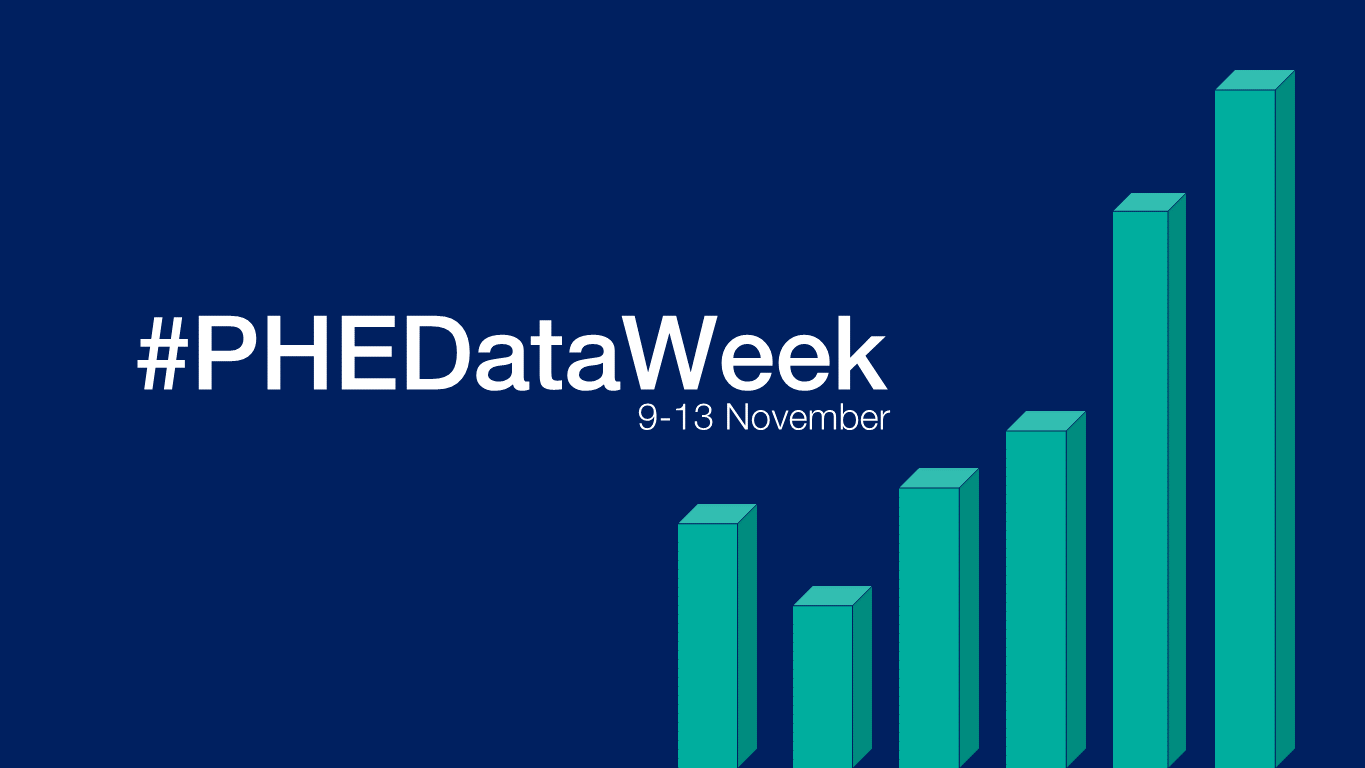
Digital services use technology to connect people with data and information. Both the digital and data science teams at Public Health England are adopting digital methods to make public health data more accessible and easy to interpret.
User needs research is a key part of our digital methodology. We need to understand who our customers are, what public health data they need and what they need it for.
We interview public health professionals to understand more about their priorities, challenges and the problems they are trying to solve. That way we build digital products and services around the needs of the people who use them, rather than around the technology or the data.
For instance, last week I was at the Hackney Health and Wellbeing Board, learning about their plans for the future and talking to the Director of Public Health about how we can improve the data services provided by Public Health England.
We also use digital methodologies called Scrum and Agile to plan work and structure our time. Scrum is a software development technique that organises work into fortnightly cycles, known as sprints. Each work sprint is organised around a prioritised list of features, known as a backlog.
We then 'burn down' the sprint backlog over a two week period. One thing we are looking at is getting data scientists and software developers working in a single sprint from a joint backlog of work. This will encourage them to collaborate more effectively and work on problems together, rather than as separate disciplines.
Big data and data science are, like digital, relatively new and we need the flexibility to experiment with public health data and figure out the best ways to use and interpret it. Agile encourages prototyping by developing software in short, iterative cycles. Working in an agile way helps us experiment with data and learn what works best.
We're lucky, a lot of the thinking about how digital services are designed and delivered in government has already been done. The Government Digital Service (GDS) have developed the Government Service Design Manual which sets out a four step process for delivering digital services.
During the Discovery phase, we find out what our users need, what to measure and what our constraints are. During the Alpha phase we build a prototype, test it with users and learn from it. We then move into Beta where we build an end-to-end version, test it in public and prepare to run it as a full service.
In the Live phase we release the product as a fully-fledged service. The process is easy to follow and we use it for developing our public health data products and services.
One other area where digital and data science overlap is in the use of open standards and open source technology. We need to share data, code and innovations more widely, both across government and with partners and other public bodies.
Using open source technologies means we can share data in standardised, open formats and promote transparency and greater access to health data.
Data is now being seen as a key public asset and an important part of our national infrastructure. Similarly, public health data is a vital health asset.
Digital and data science are working together to create new data products that provide the supporting evidence needed to make better, more informed decisions about our public health.
